Buy this landscape artwork Lucky cards in Japan by Endre Lommatzsch on canvas, ArtFrame, poster and wallpaper, printed on demand in high quality.
About "Lucky cards in Japan"
by Endre Lommatzsch
About the artwork
In Japan, lucky cards, also known as omikuji, are an integral part of spiritual life and are mainly offered at Shinto shrines and Buddhist temples. These small pieces of paper contain a prophecy that is supposed to provide information about your fate in various areas of life such as health, love, success or financial matters.
The process is simple: you either draw an omikuji directly from a box or receive it after shaking a special container from which a numbered stick falls. This number then leads you to your personal lucky card.
The prophecies range from "great luck" (daikichi) to "great misfortune" (daikyo). While good predictions bring joy and hope, negative messages are not necessarily cause for concern. Traditionally, unfavourable omikuji are tied to a designated stand or tree on the temple or shrine grounds. This symbolises that the misfortune will remain there and not come home with you.
Many people see the omikuji as a moment of self-reflection and not just as divination. It is an opportunity to think about your life and consciously set goals or resolutions.
For many visitors to temples and shrines, the omikuji drawing ritual is an integral part of their visit, whether out of curiosity, superstition or simply as a cultural experience that offers an insight into Japanese tradition.

About Endre Lommatzsch
Hey, I'm Endre!
I was born in Budapest and now live in Mainz - and I'm neither a full-time photographer nor a travel influencer. My actual profession and my passion couldn't be more different. A few years ago, I grabbed my rucksack and my camera (which was almost 20..
Read more…
 Netherlands
Netherlands Ordered in March 2025
Ordered in March 2025
 Netherlands
Netherlands Ordered in December 2021
Ordered in December 2021
 Germany
Germany Ordered in August 2019
Ordered in August 2019
 Germany
Germany Ordered in May 2019
Ordered in May 2019
 Germany
Germany Ordered in September 2019
Ordered in September 2019
 Germany
Germany Ordered in May 2020
Ordered in May 2020
 Germany
Germany Ordered in March 2025
Ordered in March 2025
 Germany
Germany Ordered in March 2019
Ordered in March 2019
 Netherlands
Netherlands Ordered in February 2025
Ordered in February 2025
 Germany
Germany Ordered in May 2022
Ordered in May 2022
 Germany
Germany Ordered in July 2021
Ordered in July 2021
 Netherlands
Netherlands Ordered in April 2019
Ordered in April 2019
About the material
ArtFrame™
Interchangeable Art Prints
- High-quality print
- Easily interchangeable
- Acoustic function
- Large sizes available
Discover the artworks of Endre Lommatzsch
 Sunset at the Tokyo Sky TreeEndre Lommatzsch
Sunset at the Tokyo Sky TreeEndre Lommatzsch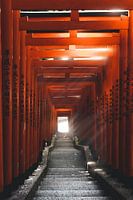 Japanese torii gates in the evening sunEndre Lommatzsch
Japanese torii gates in the evening sunEndre Lommatzsch Maneki-neko as far as the eye can seeEndre Lommatzsch
Maneki-neko as far as the eye can seeEndre Lommatzsch Golden Pagoda in KyotoEndre Lommatzsch
Golden Pagoda in KyotoEndre Lommatzsch View of ManhattanEndre Lommatzsch
View of ManhattanEndre Lommatzsch Morning walk on the Brooklyn BridgeEndre Lommatzsch
Morning walk on the Brooklyn BridgeEndre Lommatzsch Radio City Music HallEndre Lommatzsch
Radio City Music HallEndre Lommatzsch Morning walk along the East RiverEndre Lommatzsch
Morning walk along the East RiverEndre Lommatzsch a young lion and his mother I/IIIEndre Lommatzsch
a young lion and his mother I/IIIEndre Lommatzsch a young lion and his mother II/IIIEndre Lommatzsch
a young lion and his mother II/IIIEndre Lommatzsch Lucky cards in JapanEndre Lommatzsch
Lucky cards in JapanEndre Lommatzsch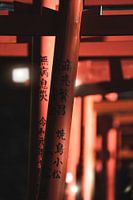 Tori gates in Japanese templesEndre Lommatzsch
Tori gates in Japanese templesEndre Lommatzsch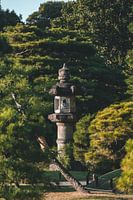 Japanese temple gardenEndre Lommatzsch
Japanese temple gardenEndre Lommatzsch Brooklyn Bridge: A landmark through the agesEndre Lommatzsch
Brooklyn Bridge: A landmark through the agesEndre Lommatzsch Hyena: The underestimated predatorEndre Lommatzsch
Hyena: The underestimated predatorEndre Lommatzsch Malta - the historic pearl in the MediterraneanEndre Lommatzsch
Malta - the historic pearl in the MediterraneanEndre Lommatzsch Malta - the historic pearl in the MediterraneanEndre Lommatzsch
Malta - the historic pearl in the MediterraneanEndre Lommatzsch Malta - the historic pearl in the MediterraneanEndre Lommatzsch
Malta - the historic pearl in the MediterraneanEndre Lommatzsch Malta - the historic pearl in the MediterraneanEndre Lommatzsch
Malta - the historic pearl in the MediterraneanEndre Lommatzsch The rugged island of FuerteventuraEndre Lommatzsch
The rugged island of FuerteventuraEndre Lommatzsch
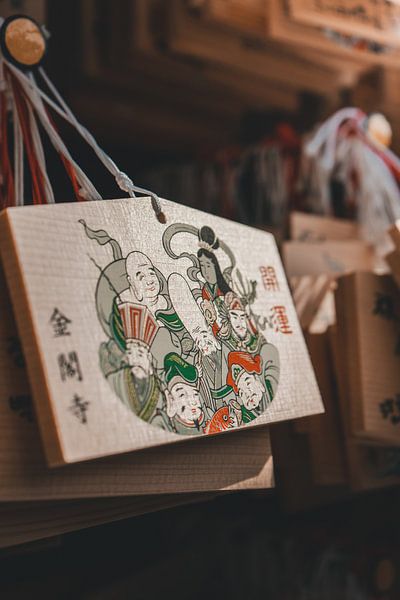
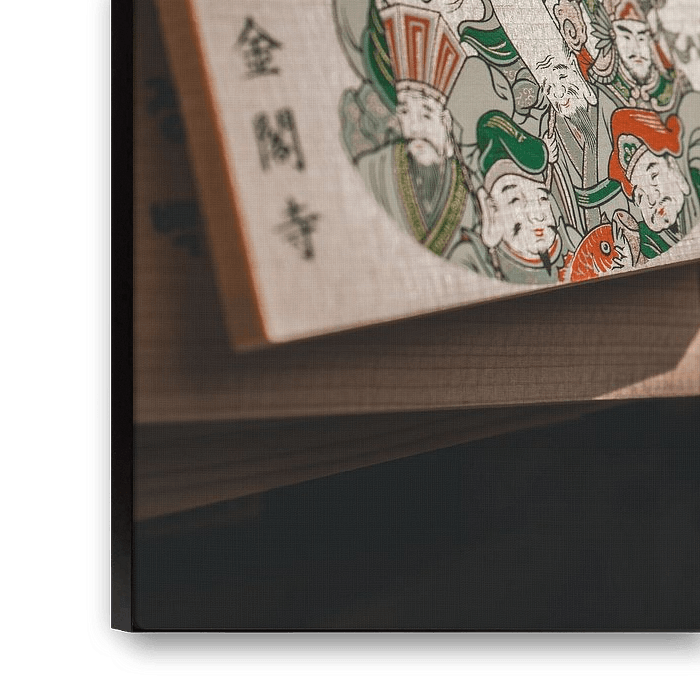

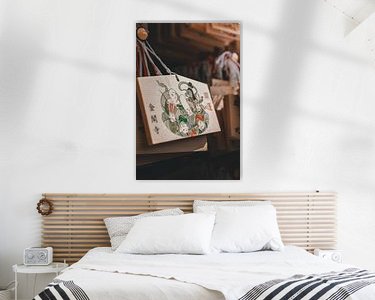









 Countries & Travel
Countries & Travel Japan
Japan Joyful Moments
Joyful Moments Landscapes
Landscapes Photo wallpaper
Photo wallpaper Photography
Photography Temple
Temple Tokyo (city)
Tokyo (city)









